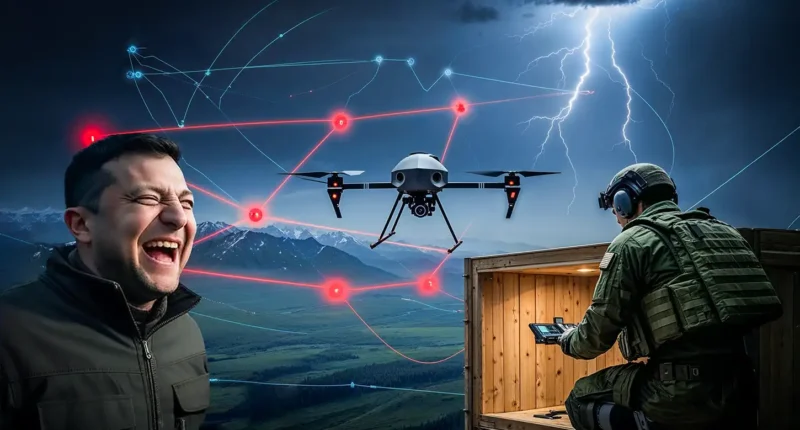On June 1, 2025, Ukraine launched its bravest and most successful drone attack against Russia. “Operation Spider’s Web,” which includes five Russian air sites thousands of kilometers from the borders of Ukraine, is a huge operation. This attack changed the course of the war and made it clear that Ukraine was getting better at hitting targets inside Russian territory.

What Held True During Operation Spider’s Web
On Sunday, June 1, 2025, Ukraine launched 117 drones at Russian military targets in what became the biggest attack by drone on Russian air bases since the war began. Five important Russian Air Force bases are hit at the same time: Belaya, Dyagilevo, Ivanovo Severny, Olenya, and Ukrainka.
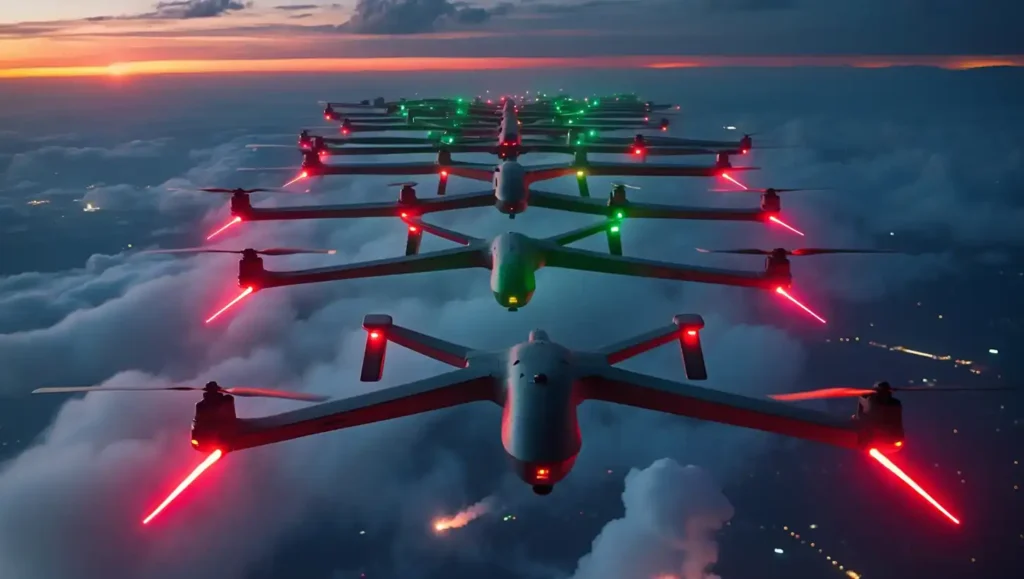
Officials from Ukraine say that during this action, they shot down more than forty Russian planes. Along with an A-50 airborne early warning aircraft, the planes that were attacked were some of Russia’s most important military planes, such as Tu-160, Tu-95, and Tu-22M strategic bombers. Russia uses these same planes to fire missiles at places in Ukraine.
The attack was very unusual because it went into Russian soil. The targets are 4,300 km (2,700 miles) away, at the Belaya air base in Eastern Siberia. This shows that Ukraine can aim at five different time zones inside Russia.
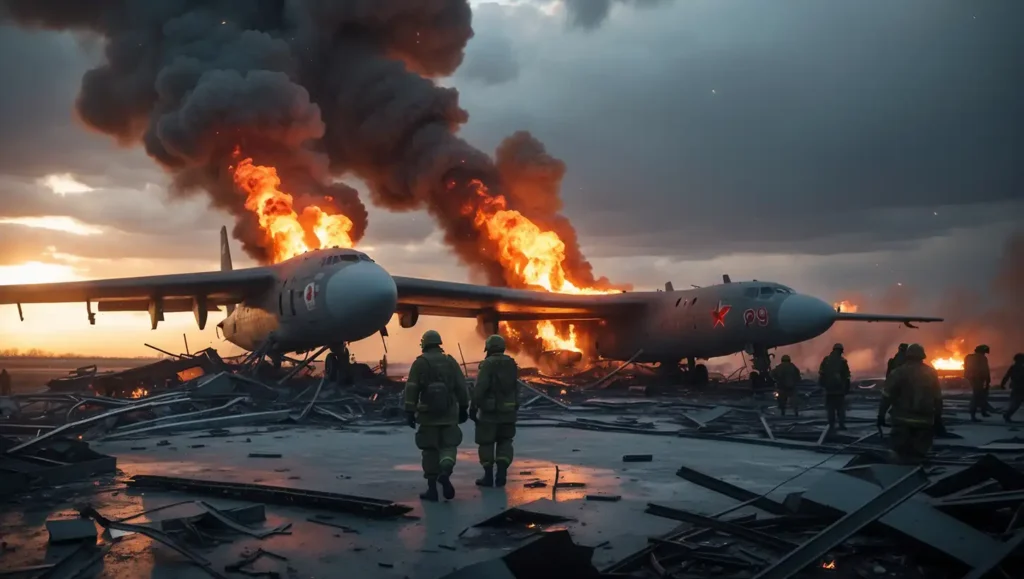
President Volodymyr Zelenskyy said that 34% of Russia’s strategic cruise missile ships that were based at air bases were damaged during the operation. It is thought that more than $7 billion worth of damage was done in Ukraine. If this is true, Russia’s air force is losing a lot of people here.
What Ukraine Did to Make This Complex Project
Operation Spider’s Web needed a lot of planning and arranging. President Zelenskyy said that Ukraine planned this attack for 18 months and 9 days. Vasyl Malyuk’s Security Service of Ukraine (SBU) came up with and carried out the complicated plan with Zelenskyy’s direct supervision.
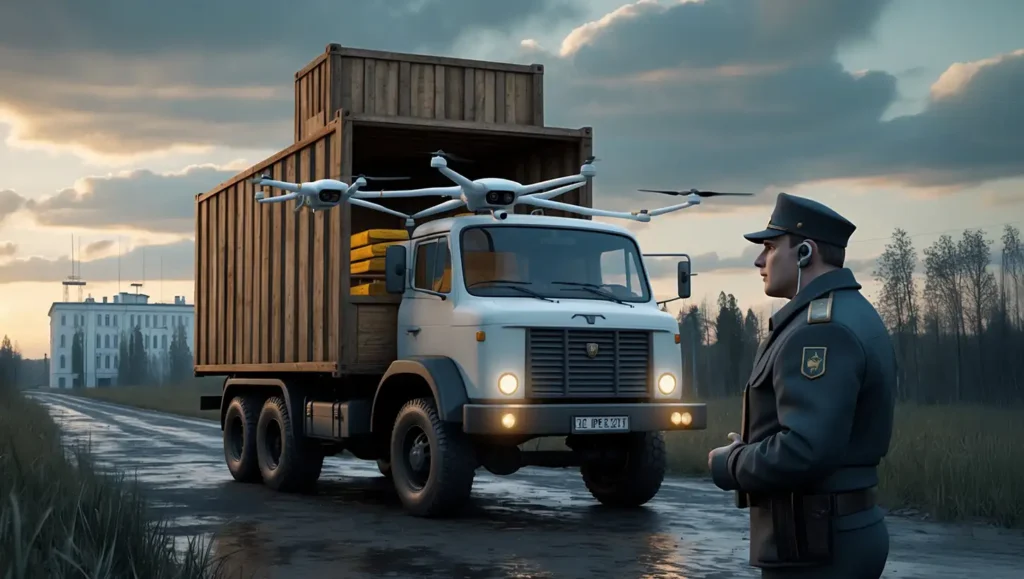
The most interesting thing was how Ukraine got the drones into Russia. Ukrainian agents brought drones into Russia and hid them in wooden boxes that were put on top of cars. Normal traffic could see these containers because they looked like storage units or mobile homes.
Some people in Ukraine opened the lids of these containers from afar and sent the drones toward their targets when it was time to attack. Before the attacks began, the spies who were planning the operation in Russia were safely taken out of the country.
Zelenskyy told an interesting fact about how risky the process was. He said that one of the Ukrainian “offices” assigned to this task was right next to a building for the Russian Federal Security Service (FSB). The depth of Ukrainian spy work in Russia is shown by this.
The air bases and planes that were attacked
Olenya Air Command Base:
The attack did a lot of damage to the Olenya air base, which is in the far north of Russia, south of Murmansk. Ukraine saw this base as a top target because it was home to Tu-95 planes that could carry nuclear weapons.
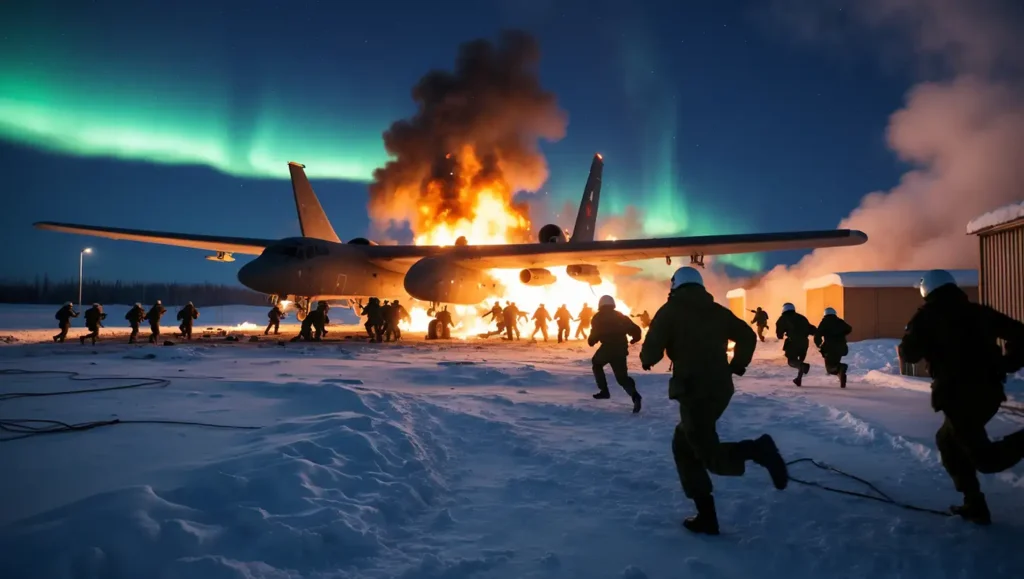
Russian news outlets confirmed the attack at Olenya but said their air defenses were still working. But people in Olenegorsk said there were blasts and fires, and later, video footage showed what happened. The attack came from a truck at a nearby gas station and caused at least ten blasts. After the attack, the Russian government made it illegal for anyone to enter or leave Olenegorsk.
From what we know, the base was home to two Tu-95MS bombers, three Tu-160 strategic bombers, and two Su-34 fighter-bombers as of late May 2025.
As a base for Belaya Air:
The attack on the Belaya air base in the Irkutsk region of Siberia was the farthest into Russian land. Video footage supposedly showing drone strikes at this spot showed up online, but it was hard to confirm.
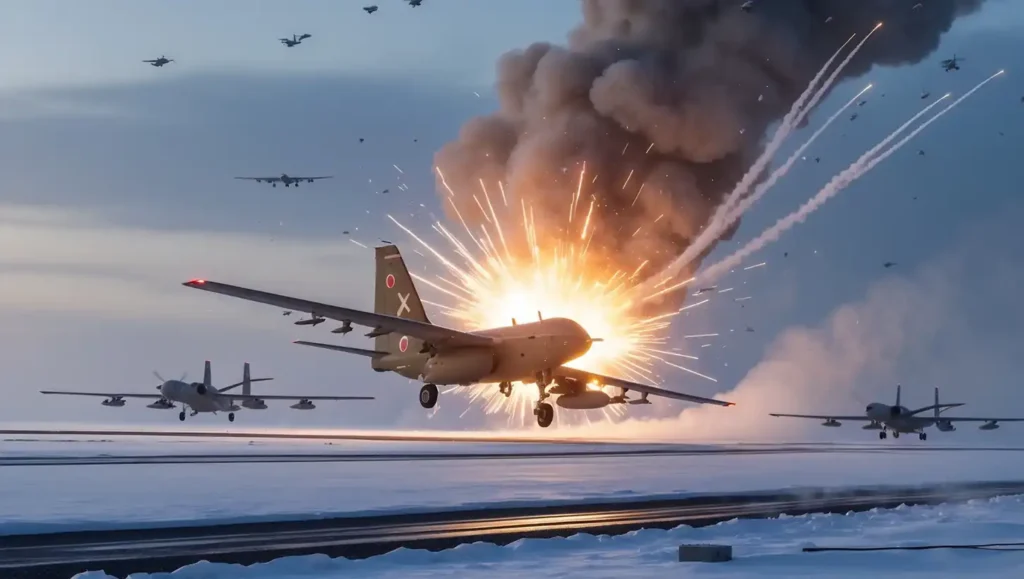
Beyond how far away this target is from Ukraine, it is important to show that Ukraine can reach even Russia’s most remote military sites. Ukrainian drones were able to hit targets over 4,000 kilometers away, which shows they had a lot of operating power.
Other Built Bases:
It also went through the air bases at Dyagilevo, Ivanovo Severny, and Ukraine. Each of these places is home to important Russian military planes that are used for long-range attacks against Ukraine.
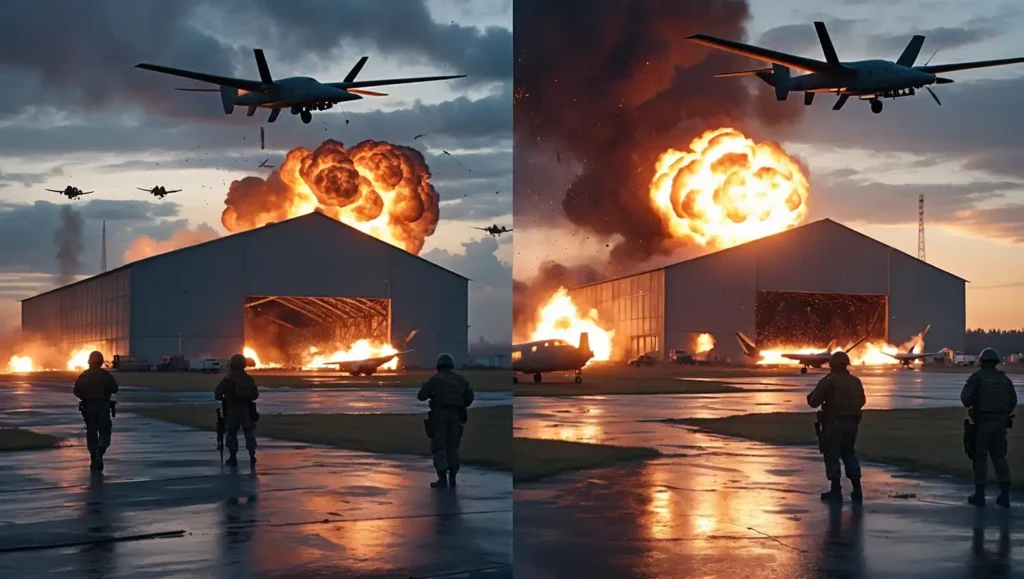
Moscow’s Defense Ministry stated that airbases in Murmansk, Irkutsk, Ivanovo, Ryazan, and Amur were attacked. Moscow said that while attacks on three bases—Ivanovo, Ryazan, and Amur—were “repelled,” planes caught fire at Murmansk and Irkutsk bases.
What Russia Did and How Much Damage It Did?
Russia’s reaction to the attack showed that they were both on guard and pleased with how well the strikes worked. The Russian Defense Ministry called the operation a “terrorist attack,” and it revealed that several military planes caught fire.
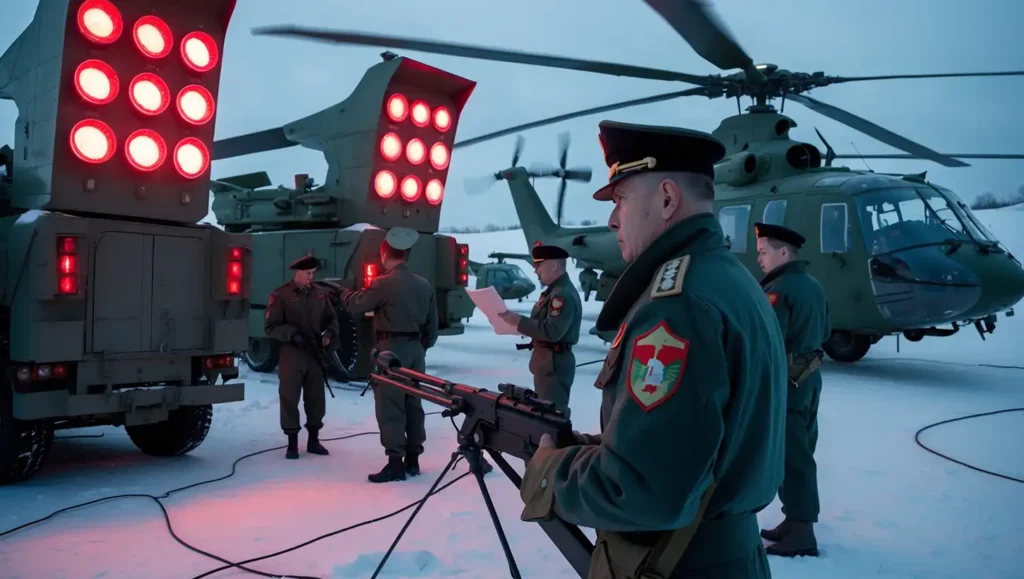
It seems like Russia is worried about more attacks because they declared a state of emergency at Engels and Morozovsk air stations because of possible air threats. Specifics are still unknown, but they also said they had caught some people who were involved in the attack.
Even though Moscow tried to keep the harm to a minimum, the fires that were confirmed at Russian airbases show that the operation was mostly successful. Russia’s statement that planes caught fire more than once supports what Ukraine said about how strong the attack was.
Effects on strategy and military importance
This action is more than just a success for the attack; it shows how Ukraine’s military is growing and how well it can think strategically. Planning and carrying out such a complex, long-range operation shows that Ukraine’s intelligence services are as good as those of big military powers.

By focusing on strategic bombers in particular, the goal is to make it harder for Russia to use long-range missiles to hit Ukrainian cities and infrastructure. These bombers (Tu-95, Tu-160, and Tu-22M) can fire cruise missiles from deep inside Russia, away from Ukrainian air defenses.
By damaging these planes, Ukraine may have made it harder for Russia to launch strategic strikes. Russia’s air defense system and ability to see what’s happening on the battlefield relies a lot on the A-50 early warning plane, which was also hit.
According to military experts, this is the most important thing Ukraine has done since the war began. If the $7 billion in damage is correct, it will be a big blow to Russia’s air force that can’t be fixed quickly.
Innovations in technology and air war
The act of operation Spider-Man: The Animated Series shows how drone fighting has changed in modern wars. A coordinated attack with 117 first-person view (FPV) drones shows how smaller countries could use technology to go up against stronger military forces.
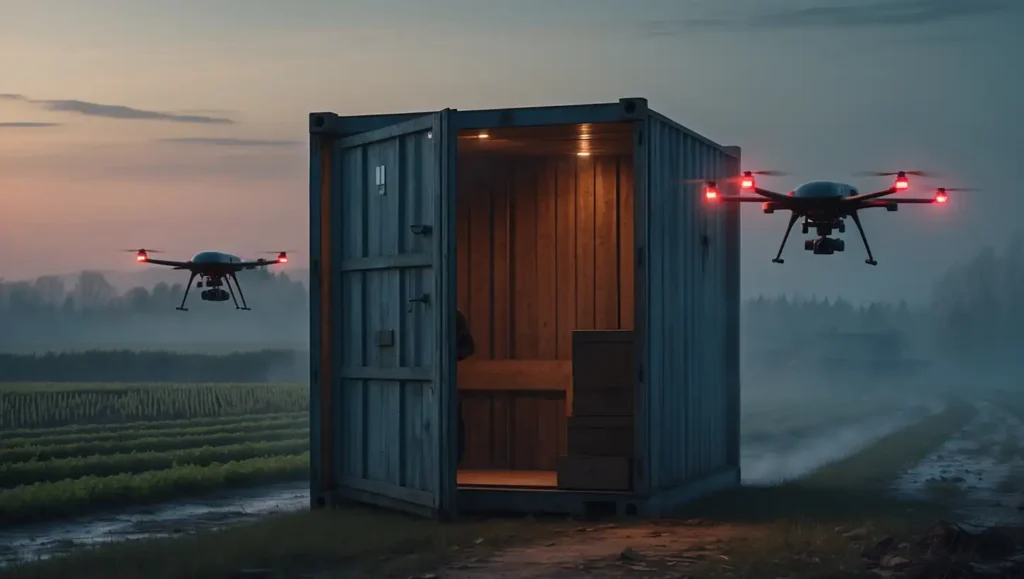
The clever way that drones are smuggled by hiding them in wooden barrels on trucks shows how creatively military operations solve problems. With this plan, Ukrainian troops could hide their weapons deep inside enemy territory.
For the remote activation system to open container roofs and send drones over multiple sites at the same time, it needed advanced systems for communication and coordination. This level of technical excellence is a big step forward for Ukraine’s defense technology and ability to carry out operations.
Effects on the whole world and future wars
This action has an impact on future wars and on relations between countries in general. Multiple sources in both the US and Ukraine say that Ukraine attacked without first telling the US. This shows that Ukraine’s military is becoming more independent in making decisions.

If Operation Spider’s Web is successful, it could encourage other countries to build long-range drones with the same capabilities. This approach is appealing to countries that are up against bigger, better-equipped enemies because drones are cheaper than regular military planes.
People’s reactions on social media show that they have different ideas about what the attack means. Some people are worried that Russia might get back at Ukraine, while others praise its creativity and planning. A few experts are even afraid that these kinds of attacks could make Russia more likely to use nuclear weapons.
Ahead: Activities Still Going On
President Zelenskyy made it very clear that Operation Spider’s Web was not a one-time thing. “We will continue this work,” he warned Russia, implying that more operations like this might happen. This shows that Ukraine is determined to keep putting pressure on all Russian military bases.
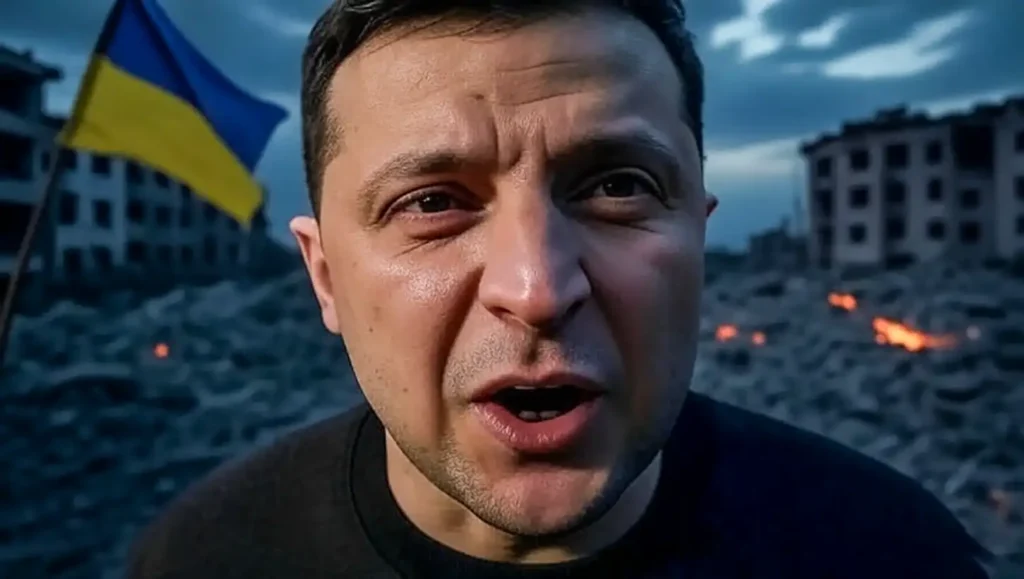
The fact that this operation went well probably makes Ukrainian military planners want to come up with even more aggressive strikes. Ukraine has been shown to be able to hit targets more than 4,000 kilometers away, so few Russian military sites can really be considered safe.
The operation also shows that Ukraine has more faith in its ability to do special operations and gather information. Agent’s careful planning, execution, and safe escape show a mature intelligence service on par with those of major world powers.
End of the Story
Operation Spider’s Web is a turning point in both modern fighting and the conflict between Russia and Ukraine. The fact that Ukraine was able to plan and carry out such a complex, long-range operation shows how much its military has changed since the war began.
The fact that the attack was able to destroy many Russian strategic planes while traveling thousands of kilometers into enemy territory shows that smart planning and new technology can be more effective than traditional military strength.
For Ukraine, this action shows that they are getting better at hitting Russia back, no matter how far away they are or how strong their defenses are.
Lessons learned from this dispute can be applied to other situations as well. Asymmetric warfare methods and drone technology were used in Operation Spider’s Web to show how smaller countries might be able to beat much stronger military forces.
As war changes in the twenty-first century, this action will likely be looked at as an example of how creativity can beat old-fashioned military thinking.
Both Russia’s defense and mental health are hurt by the attack. It’s not clear what to think about military superiority and homeland security when Ukrainian troops were able to enter Russian territory so deeply and cause so much damage.
Operation Spider’s Web shows that Ukraine stays ahead of the game when it comes to coming up with new ways to put military pressure on Russia, even when things get tough on regular battles.
External Sources: Wikipedia, CNN, BBC, TWZ, OneIndia, MoneyControl
Check Other Articles: Click Here
